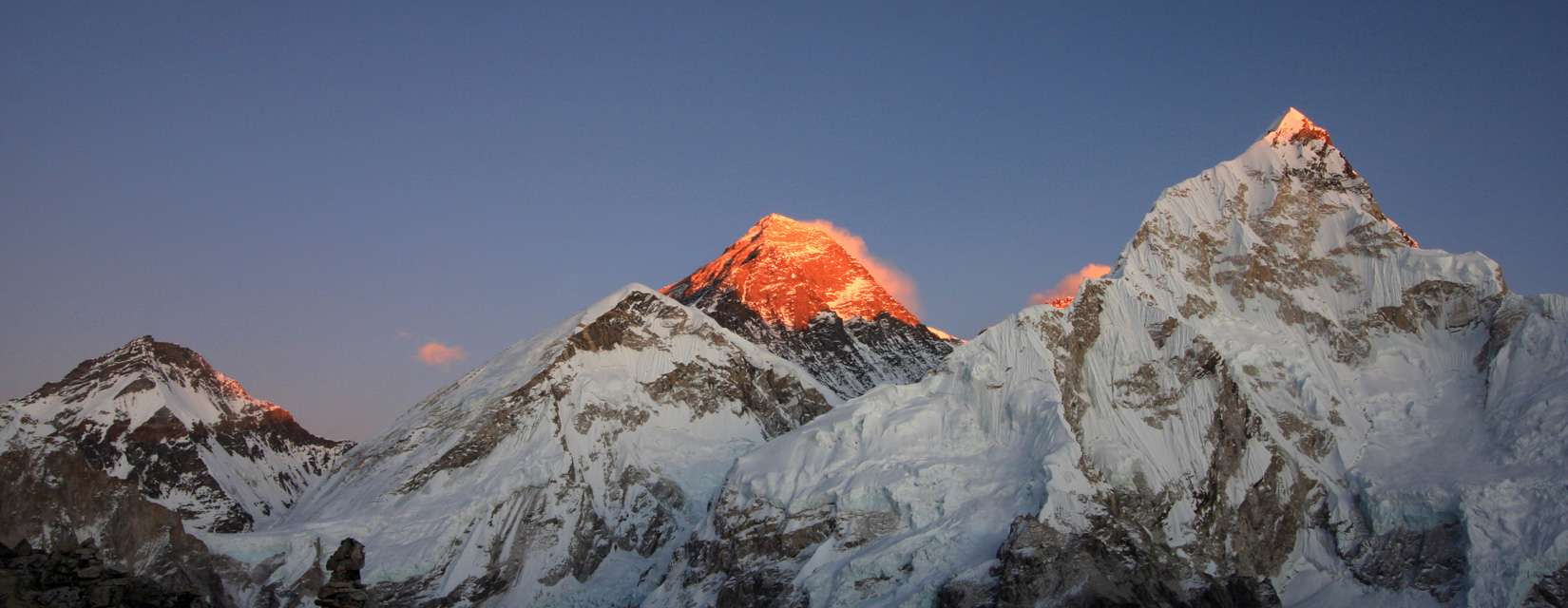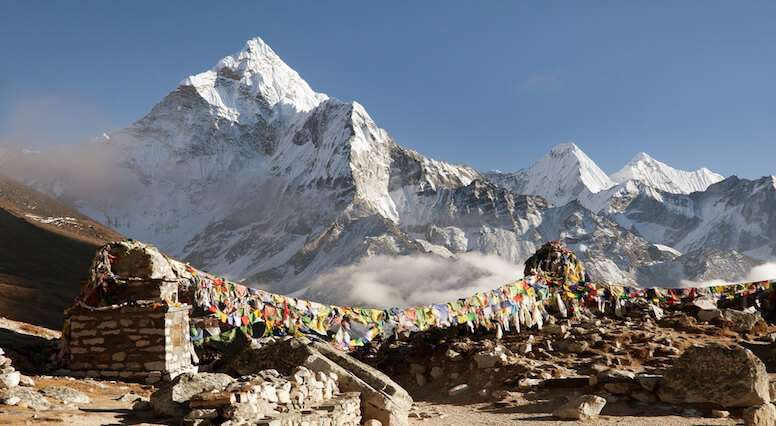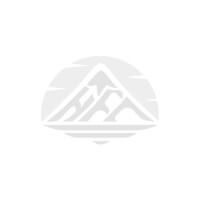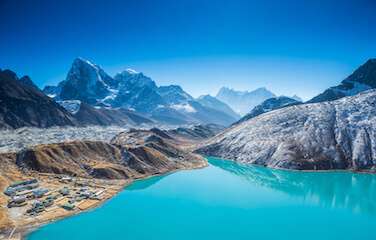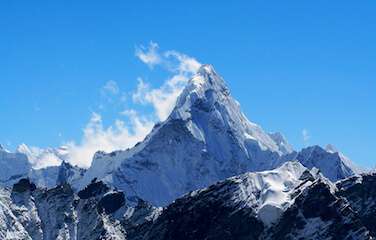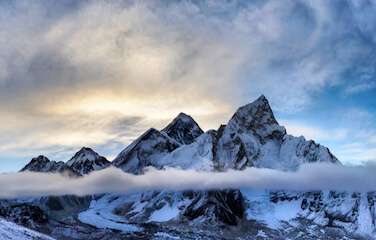About Everest Base Camp Trek
The best trek around the world, Mount Everest Base Camp Trek is the magical Himalayan region in Nepal to see the unique Sherpa culture, wonderful landscapes, and massive glacier zone, it is a fantasy location to investigate the secret normal excellence and to observe the nearby perspective on stunning snow-covered pinnacles.
This is the pinnacle of all treks in Nepal. This trek lasts for about 16 days, and it will take to the lap of the World’s highest mountain, Mount Everest. You will not only let explore the unperturbed trails, but it gives a deeper insight into the prevailing culture and traditions of the Khumbu region.
We have designed the trek itinerary to incorporate enough rest days in between the trek to make the journey successful. The route will present breath-taking views of Himalayan mountains like Mt. Everest (8,848 m), Mt. Thamserku (6,623 m), Mt. Lhotse (8,516 m), Mt. Nuptse (7,861 m), Mt. Makalu (8,481 m), Mt. Kongde (6,187 m), Mt. Pumori (7,161 m), and many others. Take EBC Trek if you want to experience the true magic of Everest.
This region will allow experiencing the warmth and serenity that surround the Sherpa culture and tradition. While trekking you will come across many monasteries, stupas, Chortens, and prayer wheels including the largest monastery in the region, Tengboche monastery. The difficulty is marked moderate, but you have to be in good shape to go on this adventurous trip.
The Khumbu area is Surrounded by the rich natural beauty of climbing peaks, Mount expedition, amazing Gokyo lake, and popular trekking route in the world so many trekkers want to express adventures in Mount Everest Region. Kala Pattar (18,100ft/ 5550m) is the highest point of this adventure trek, as see magical amazing sunrise view with magnification mountains.
This Trekking route starts with a scenic adventure flight from Kathmandu, the flight will be incredible for Himalayan views and landing at Lukla airport. Our trek first entry will be lush green forests that are nearest to the beautiful Lukla village ( Gateway to Everest region). During the Mount Everest trek, you will cross suspension bridges, mysterious woodlands dotted, and steep ridges. The trek every day will provide more the high altitude with amazing mountains view and the glacier.
During the trek, you explore the beautiful mountain village is Namche Bazaar (tourism's beautiful Pardesi place), Tengboche, Dingboche, and Gorakshep. Every night we stop at sherpa lodge, which is a good facility for Accommodation and Meals. Likewise, the best time to go on Everest Base Camp Trek is in Spring (March to April) and Autumn (October to November).
How Difficulty to reach EBC Route?
EBC Trek is a moderate-exhausting journey on the higher rise. Fundamentally, the adventurers need to stroll for a normal of 6-7 hours each day. So we imagine that the adventurers with normal actual wellness and solid devotion can undoubtedly approach the world's most noteworthy base camp with practically no genuine danger.
Nonetheless, traveling at a higher elevation above 4,500m is unsafe 100% of the time to Acute Mountain Sickness (AMS) issues. To stay away from the potential dangers of AMS, MMT plans two days of acclimatization with the goal that all sorts of travelers can undoubtedly change the slim air in the Himalayas.
Adventurers are going towards the Everest Base Camp
The novices, solo, or female adventurers might encounter the EBC Trek in some way or another troublesome because of the precarious edges, restricted precipice, moraine stones, and thick timberland trails.
In any case, in the event that you journey in a bunch getting a charge out of with the group, the trip becomes wonderful and agreeable, Despite this, MMT additionally redoes ideal bundles with accurate fit to your state of being, spending plan, and get-away length.
Our accomplished nearby aides of MMT give you legitimate instructions on the path and show you the guide on the most proficient method to travel across the path. In the event of independent travelers, it will be hard to peruse the guides and there may be the plausibility of getting lost journeying on some unacceptable path.
How frequently do you get suppers each day during the EBC Trekking?
You can get 3 suppers each day during the EBC journey based on your Everest base camp journey agenda. It incorporates breakfast, lunch, and supper. The menus of breakfast in a large portion of the spots are something very similar. It incorporates tea, espresso, juice, eggs, porridge, toasted bread, and jam. Ordinarily, rice, lentil, pickle, and vegetable are served for both lunch and supper. It is called Dal Bhat in Nepali which is practically comparative in the greater part of the teahouses, however, the sorts of vegetables might be unique.
What sort of food varieties treat Base Camp teahouses serve?
Rice, vegetables, lentil, and pickle are the essential food varieties nearly found in each teahouse. The most well-known food sources of the Everest district are yak steak, yak cheddar, Dal Bhat, garlic soup, dumplings, and Nepalese exceptional bread. The fish-like fish isn't observed particularly in the higher height zone. Be that as it may, it could be accessible in lower-height places like Namche Bazaar.
It's a mountain region. Along these lines, your assumption may not meet regarding the matter of food sources. It implies you may not get more verities. The majority of the lodgings serve grain and the flour items like porridges, flapjacks, and different things. The meat and eggs are likewise accessible, yet may not be new in each lodging.
Notices: (Weather in the Himalayan region may change at times. (Kathmandu-Lukla-Kathmandu) flight a few hours may be late or one, two, or more days may be canceled for bad weather reasons. In this kind of condition, we have to wait a long time for the Lukla flight. As this can happen either at the start or end of the trek. For this kind of problem, we also organize helicopter rescue, the helicopter charge will around USD 3400 which includes 4-5 people per flight. We suggest you; if possible (1-2) extra days manage for this trekking).

